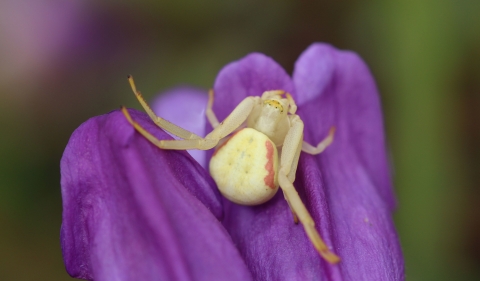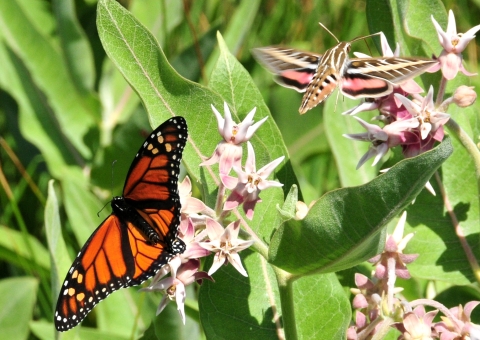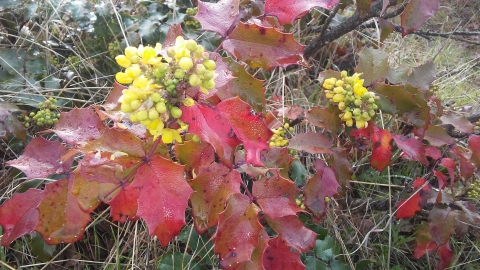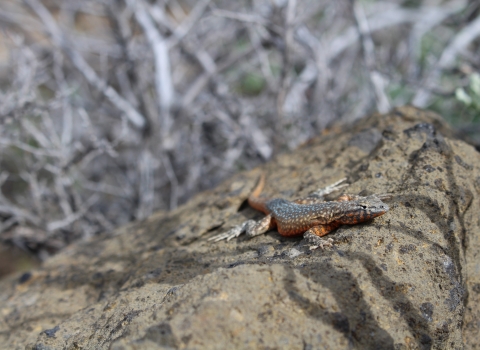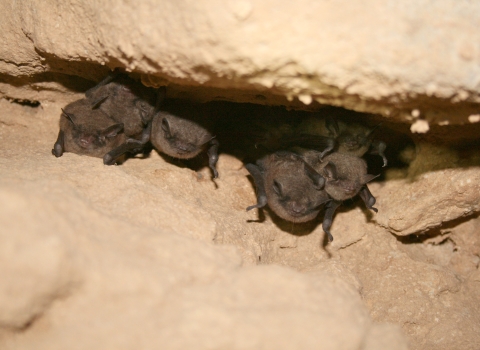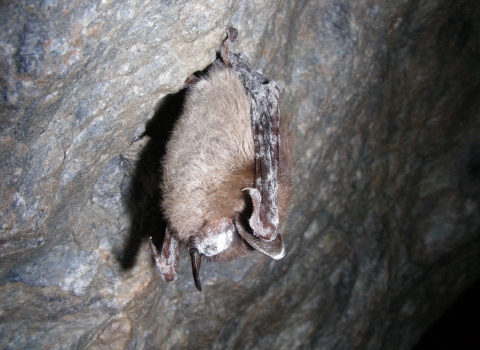Insects serve so many important roles: pollinators give us food, worms keep our soil healthy, spiders control pests, and butterflies and moths bring us exceptional beauty as well as being important pollinators. Their presence in the world also supports many other forms of life including birds, bats, frogs, and lizards. There are easy ways you can help insects by making your home a safe and healthy home for them.
Bug Watering Station
Insects Need Water Too! Try adding a few stones to a shallow water dish or existing bird bath to give bugs something to land on while taking a drink.
Build a Pond
Create a water feature in your yard and provide a home and drinking water for wildlife. While providing a valuable water source for many animals, you will also offer a breeding place for bugs like damselflies, which help control mosquitoes! Bees and butterflies will appreciate the water source too.
Pollinators Needs Homes
Keep your garden producing by making places for bees to nest! Did you know most bees make solitary nests in the ground and in wood or dry plant stems? Bumble bees and non native honeybees are the only ones that live in colonies.
- Ground nesting sites: Simply maintaining a small, undisturbed patch of well drained, bare, or sparsely vegetated ground creates nesting habitat for ground nesting bees. It is best if the site faces south so that it gets the most sun possible during the day, and is not inundated by a sprinkler.
- Wood nesting sites: Carpenter bees will create their own burrows in wood, while many other bees use holes or cavities that are already in wood or dry plant stems. If it's not a safety hazard, consider leaving a dead tree or limb undisturbed to provide natural nesting habitat.
- Hollow Stems: When pruning shrubs, if you notice stems that are hollow or soft inside (e.g., raspberries, sumac, elderberry, goldenrod, coneflower), trim some to a foot in height to provide bee nesting sites.
- Bee Houses: Some bees will nest in artificial nesting sites. These include blocks of preservative free wood with drilled holes of different diameters, or nesting material with hollow reeds or cardboard tubes. Installing a bee house is a great way to learn about native bees because it is easy to observe them periodically. It is important to keep your bee house clean to prevent spreading parasites and diseases. Learn more: https://xerces.org/pollinator conservation/nesting resources
Leave a ‘Wild’ Zone
One of the easiest and most cost effective ways to create a wildlife friendly habitat is to leave sections of your lawn un mowed, or create a “wild” zone. “Wild” areas don’t need to be unsightly; try planting some native grasses, add a rock border, or give it some character by adding a sign explaining why your garden is “wild” to passersby. Support pollinators and make it even more beautiful by planting wildflowers in the mix.
Just Say “No” to Toxic Pesticides!
Help bugs, including pollinators, by using less toxic insect control options and applying them sparingly or, even better, choose to go without. Pesticides are one of the main reasons pollinator populations are decreasing worldwide.
Plant for Pollinators
Pollinators need food during all stages of their lifecycle! Plant for all three seasons (spring, summer, and fall) so there’s flowers blooming throughout the pollinator’s feeding time. And don’t forget caterpillars need plants to munch on too.
Plant Natives
Native plants are a beautiful and easily cared for garden addition! Their adaptations to the Northwest environment will save you money and effort on fertilizer, pest management, watering, and soil erosion. Native pollinators appreciate the familiar blooms, and animals like birds and small mammals love to feast on native berries late into the winter months. Many local nurseries work in partnership with backyard habitat certification programs to offer you discounts on native plants. To learn more visit: https extension.oregonstate.edu/collection/native plant gardening
Leave Leaf Litter
Leave leaf litter and provide the habitat many insects need! All sorts of bugs will thank you including worms, centipedes, spiders, and pollinators. Bugs are central to the food web and provide sustenance for all sorts of other wildlife species, including birds.
Landscape with a Rock or Wood Feature
This cost effective feature provides a home for bugs, reptiles (full sun), and amphibians (low sun and damp earth), as well as a food source for bug eaters, including birds.
Keep Your Cat Indoors or Build a Catio
Outdoor cats are one of the biggest dangers to native wildlife! Billions of wildlife species around the world, including insects, are killed each year by free roaming cats. Native wildlife, like coyotes and raccoons, can also put your feline in harm’s way. To protect native wildlife and your cat, keep your furry friend indoors, or build a protected catio.

